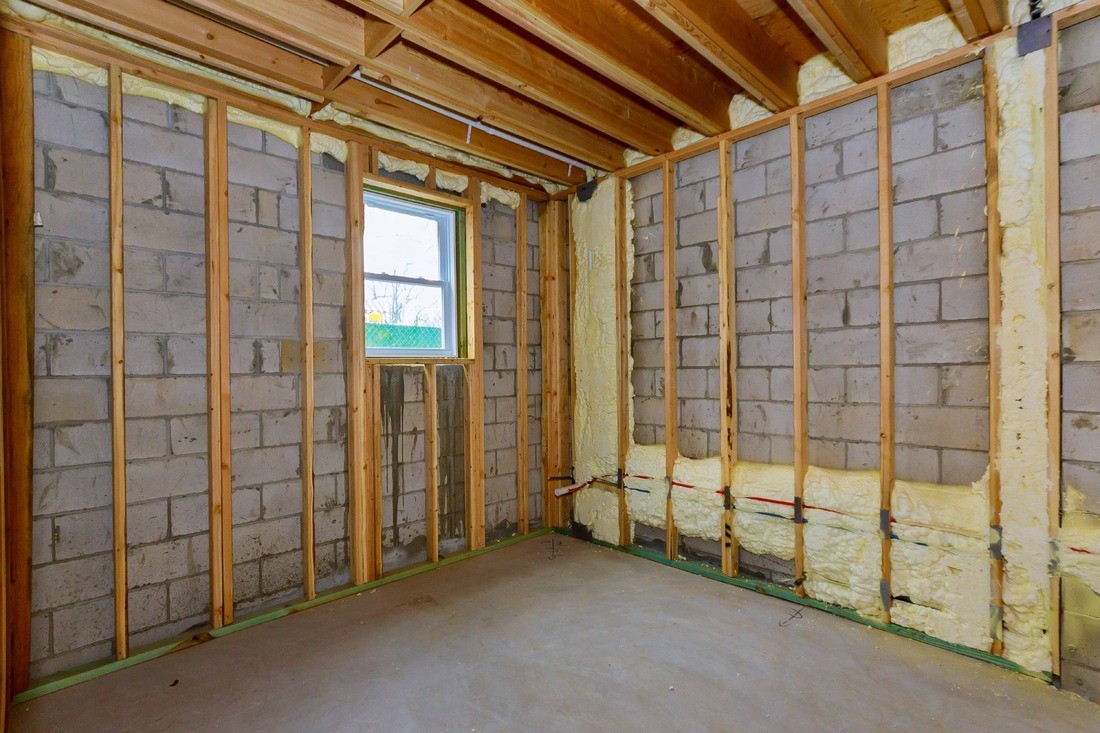
Introduction
Basement water damage can occur due to various reasons, such as heavy rain, flooding, burst pipes, or foundation issues. When faced with a waterlogged basement, it is essential to take immediate action to prevent further damage and ensure a safe living environment. One crucial step in the basement water damage restoration process is the proper removal of waterlogged insulation. This article will discuss the significance of basement water extraction and provide insights into effectively removing waterlogged insulation.
The Importance of Basement Water Extraction

Basement water extraction is a critical step in the water damage restoration process. It involves the removal of standing water and excess moisture from the basement area. Failing to extract water promptly can lead to long-term structural issues, health hazards, and the growth of mold and mildew.
Preventing Further Damage
By extracting water from the basement, you can prevent further damage to the building’s foundation, walls, and flooring. Standing water can seep into porous materials, causing them to weaken, warp, or deteriorate over time. Prompt water extraction helps mitigate these risks and minimize repair costs.
Eliminating Health Hazards
Standing water in basements creates a favorable environment for the growth of mold, mildew, and bacteria. These microorganisms can release spores and toxins into the air, posing severe health risks to occupants. By extracting the water and properly drying the area, you can reduce the chances of mold growth and protect the health of your family or employees.

Properly Removing Waterlogged Insulation
During basement water extraction, it is crucial to pay attention to the proper removal of waterlogged insulation. Insulation is commonly found in basements and can become heavily saturated during a water damage incident. The following steps should be followed to remove waterlogged insulation effectively:
1. Safety Precautions
Before handling waterlogged insulation, ensure your own safety by wearing appropriate personal protective equipment, such as gloves, goggles, and a mask. This will protect you from potential health hazards and contaminants present in the water.
2. Assess the Damage
Thoroughly inspect the waterlogged insulation to determine the extent of the damage. Depending on the severity, you may need to remove and replace the insulation entirely or salvage any salvageable sections.
3. Remove the Insulation
Using appropriate tools, carefully remove the waterlogged insulation from the affected areas. Take care not to spread water or contaminants to other parts of the basement. Dispose of the removed insulation properly in accordance with local regulations.
4. Dry the Area
After removing the insulation, it is crucial to thoroughly dry the area to prevent mold growth. Utilize dehumidifiers, fans, and other drying equipment to expedite the drying process. Additionally, ensure proper ventilation to promote air circulation.
5. Replace or Install New Insulation
If the removed insulation cannot be salvaged, it is essential to replace it with new insulation. Install the new insulation according to industry best practices and local building codes.
Conclusion
Basement water extraction is a vital part of the water damage restoration process. By promptly removing standing water and properly handling waterlogged insulation, you can prevent further damage to your basement and mitigate health risks. Remember to follow safety precautions and consult professionals for assistance when dealing with extensive water damage. Addressing basement water damage promptly and effectively will help restore your property to a safe and habitable condition.
What are the potential health risks associated with waterlogged insulation?
Can I salvage waterlogged insulation?
Important Facts and Statistics about Basement Water Damage Restoration
- Most homeowners will pay an average of around $4,300 to repair a flooded basement.
- Basement water damage accounts for a significant portion of homeowner’s insurance claims.
- Timely basement water extraction can prevent long-term structural damage and mold growth.
- Hurricanes and heavy rain events are common causes of basement water damage.
- Basement water damage restoration services are often covered by major insurance companies.
For more information on basement water damage restoration, visit JGW Group Water Damage Restoration Las Vegas. You can also read related articles on their blog.
Sources:
- Flooded Basement Cleanup: Who to Hire and Steps to Take
- How Much Does Basement Flooding Repair Cost In 2023?
- 6 things you need to do the day after a basement flood
- Basement Water Damage – Foundation Systems of Michigan
- What to Do After Your Basement Suffers From Water Damage
- What to Do if Your Basement Floods



